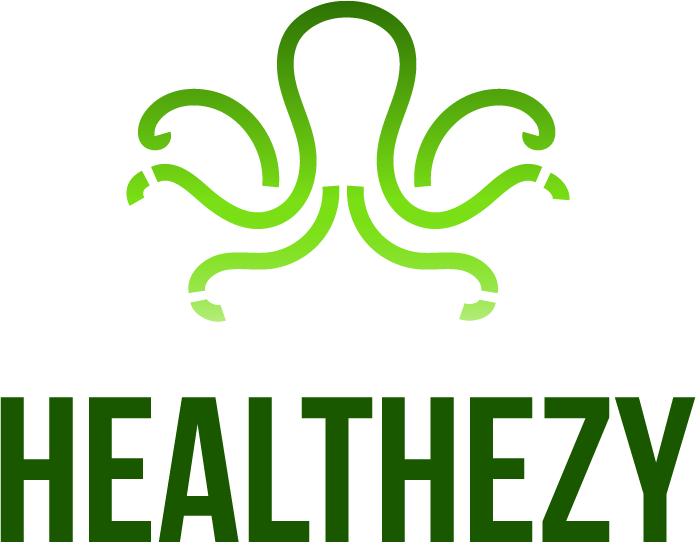Pasteurization is a heat treatment process used to kill harmful microorganisms in food and beverages, ensuring their safety for consumption. Named after the French scientist Louis Pasteur, this method involves heating the product to a specific temperature and then rapidly cooling it.
Historical Context
Pasteurization was developed in the 19th century as a way to prevent spoilage and microbial contamination in wine and later expanded to other beverages and dairy products.
Production and Sourcing
The pasteurization process is carried out using specialized equipment designed to heat liquids or foods to precise temperatures without affecting their quality.
Applications
Pasteurization is commonly applied to:
- Dairy Products: Milk, cream, and cheese.
- Beverages: Fruit juices, beer, and wine.
- Eggs: Pasteurized eggs are used in recipes that require raw or undercooked eggs.
Regulatory Framework
Many countries have regulations and standards in place to ensure that pasteurization processes meet safety and quality standards.
Consumer Concerns
Consumers benefit from pasteurization as it significantly reduces the risk of foodborne illnesses. However, some may prefer unpasteurized or “raw” products for their perceived nutritional value.
Health and Safety
Pasteurization is a crucial step in food safety, as it eliminates harmful bacteria and pathogens while preserving the taste and quality of the product.
Applicable Products
A wide range of products undergo pasteurization, including milk, fruit juices, canned foods, and even cosmetics and skincare products.
Alternatives
Ultra-high temperature (UHT) pasteurization is an alternative method that involves heating to higher temperatures for a shorter time, extending the shelf life of products.
Scientific Research
Research in pasteurization focuses on optimizing the process for different products and exploring its impact on flavor and nutrition.
Chemical Properties
Pasteurization is a physical process that uses heat to disrupt the structure of microorganisms’ proteins and enzymes, rendering them harmless.
Case Studies
Studies often investigate the efficacy of pasteurization in reducing the microbial load of various products and its role in preventing foodborne illnesses.
Future Trends
Future trends in pasteurization may involve the development of more energy-efficient methods and expanding its application to new products.
Opinions
Opinions on pasteurization are generally positive due to its role in ensuring food safety and reducing the risk of infections.
Warnings
In some cases, people with compromised immune systems or specific dietary preferences may choose to avoid pasteurized products.
Synonyms
There are no commonly used synonyms for pasteurization.
Conclusion
Pasteurization is a vital process that plays a central role in food safety by eliminating harmful microorganisms while preserving the quality and flavor of various products. As food technology advances, pasteurization methods may continue to evolve, ensuring the continued safety and availability of a wide range of food and beverages.







